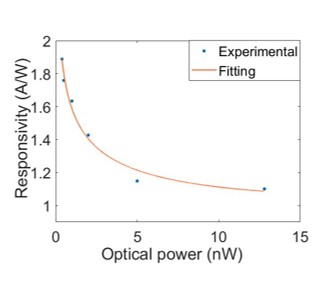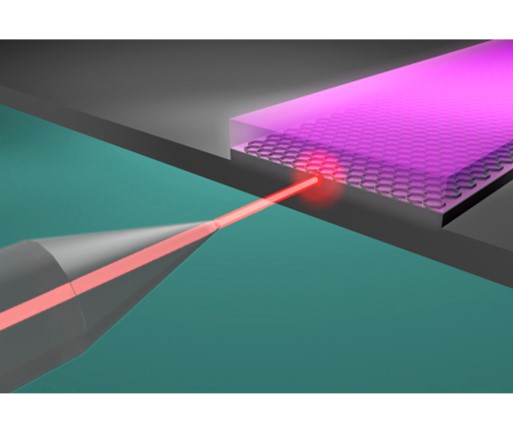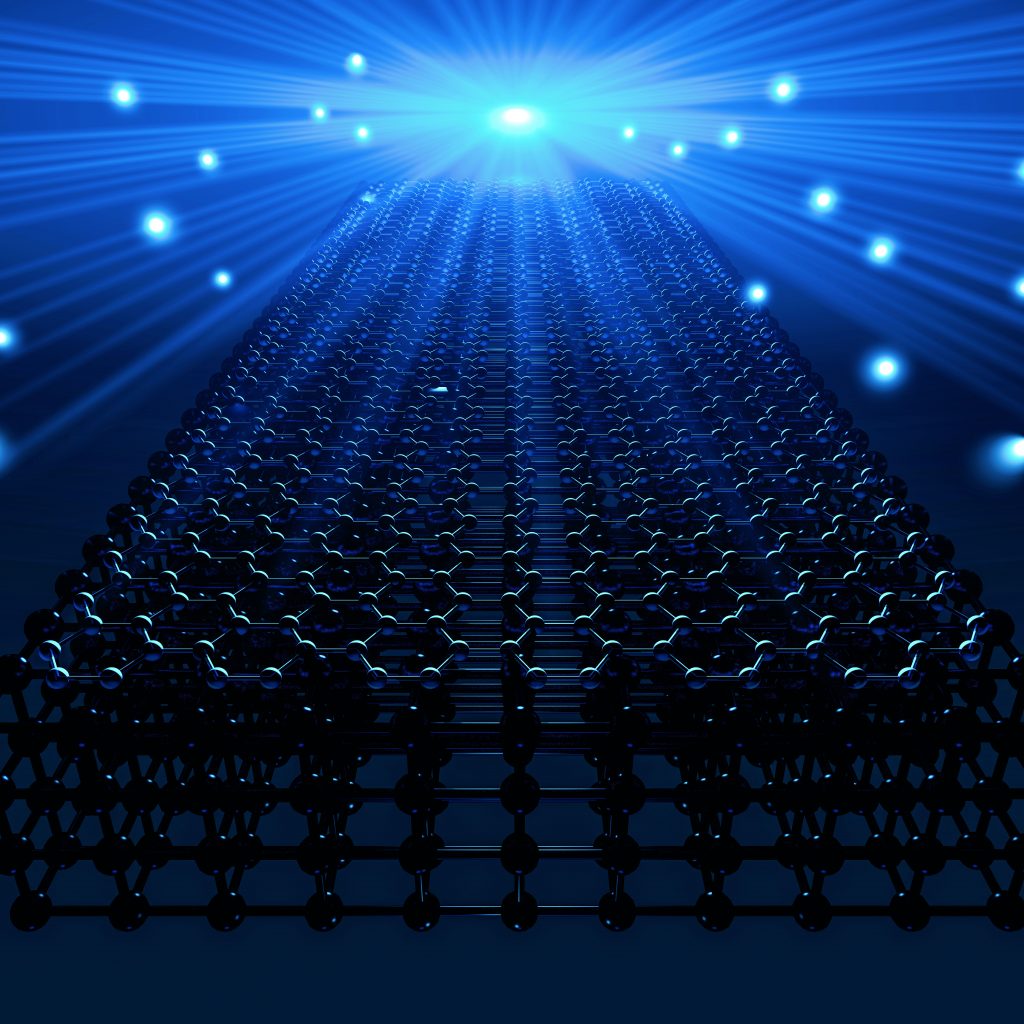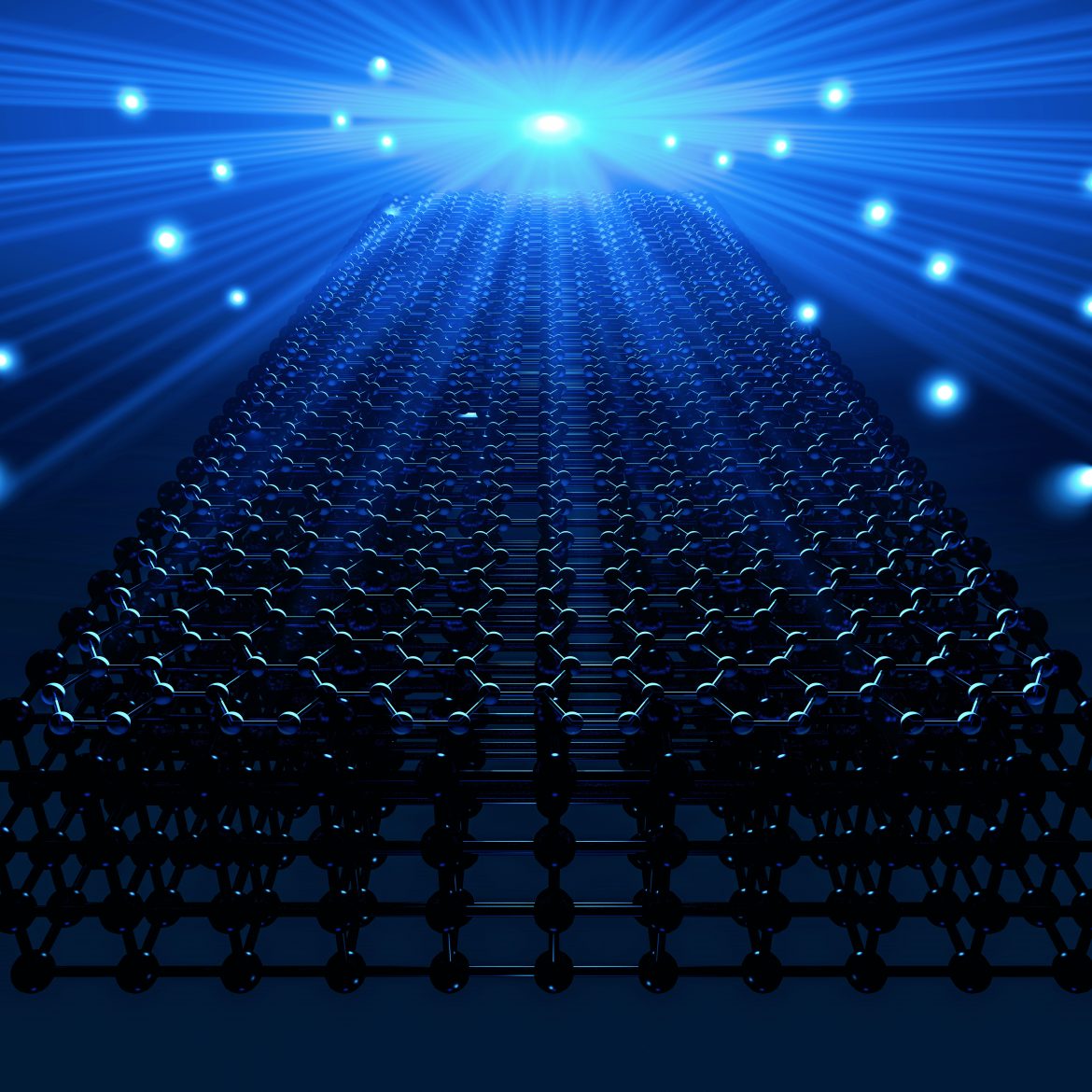Researchers from ISASI-CNR, coordinated by Maurizio Casalino, in collaboration with Dr. Teresa Crisci from the Department of Engineering at Federico II University, recently published a study in the prestigious journal Carbon (IF: 10.5) that highlights a new mechanism for light detection in the near-infrared within silicon guiding structures. The study, conducted in collaboration with ISASI-CNR colleagues Mario Iodice, Mariano Gioffrè, and Giuseppe Coppola, as well as with Dr. Carmela Russo (STEMS-CNR) and Prof. Luigi Moretti (Department of Physics at the University of Campania Luigi Vanvitelli), focused on light detection at specific wavelengths for long-distance optical communications, particularly at 1550 nm, where silicon exhibits negligible absorption capability. The study demonstrates that by burying a single layer of graphene between an amorphous hydrogenated silicon layer and a crystalline silicon layer, it is possible to create integrated photodetectors on silicon chips with record efficiency values of 1.9 A/W at 1535 nm. The work shows that the light detection mechanism relies on the key role of trap levels at the interface between the amorphous hydrogenated silicon and the graphene, and it has been termed the SPARK effect (Schottky barrier Photo-modulation ARising from the Key role of traps).
https://doi.org/10.1016/j.carbon.2024.119837




